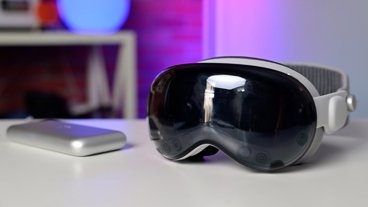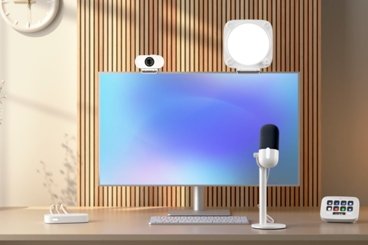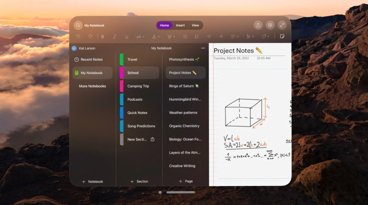Reacting to Apple at CES 2012, part three: Sony, Motorola, RIM, Nokia
Sony: AirPlay, Reader, Personal 3D
Near Samsung's sprawling booth, Sony had erected its own temple of technologies. One that jumped out was "Simple Wireless Connection," a new feature that would enable wireless content sharing for Sony devices just like Apple's AirPlay from 2010, as well as wireless screen mirroring for Sony devices, an apparent doppelgänger of the AirPlay Mirroring feature Steve Jobs demonstrated a year ago on iPad 2 (and which also works on iPhone 4S).
When asked how these differ from Apple's projects, the presenter acknowledged that Sony's versions are only technology demonstrations and won't be immediately shipping.
Remember when Sony was leading the ebook reader category? Apparently the company still makes Reader products. Without going to CES, one might not have known that.
At a trade show sea of 3D products, ranging from the vertigo inducing "glasses free" type to various passive and active HDTV systems requiring glasses, Sony was presenting a novel approach to delivering immersive TV and gameplay: glasses sporting dual 720p OLED displays and "virtual 5.1" surround sound. The novel part was that they were actually usable and desirable.
While the $800 Personal 3D glasses only look a tiny bit sillier than regular 3D glasses, they deliver a distraction free image that moves with your head, allowing you to enter a 3D world without having to buy and hang a huge display in a suitable room. The system also presents regular 2D images. Weighing less than a pound, the system is also quite portable.
The glasses hook up to a small box that accepts any standard HDMI input (the presenter was kind enough to unlock the cabinet to show the unit, below), and present an image roughly equivalent to "a 750 inch screen that's 65 feet away" according to the company, or alternatively, a 150 inch screen 12 feet away. That's larger than the 92 inch 3D screen Mitsubishi had on display around the corner.
Thanks to OLED technology, the unit presents high contrast images with less motion blur than typical LCD screens, along with true black reproduction (as OLED doesn't use backlighting).
The unit can pass through its HDMI signal to an external display, allowing a user to enjoy the glasses when alone, watch HDTV without recabling anything, or display the game one is immersed in on a secondary display while playing it inside the Personal 3D glasses. Interestingly, Sony specifically includes Apple TV among the devices that can drive its standard HDMI Personal 3D system. Of course, you could also hook up your MacBook.
An alternative to Sony's wearable immersive video was on display by Steel Space and its partner Modern Work Environment Labs, although the "scorpion-like" Emperor Chair they demonstrated was really just a fancy way to sit at a PC with multiple monitors hung overhead.
The system was also demonstrated in white for Mac users. The art project was actually a demonstration of the company's transforming shipping container, which the "computer office in a chair" systems were placed on, so Sony doesn't have a lot to worry about.
On page 2 of 4: CES motorcade of distraction: Motorola, NVIDIA
A number of CES exhibitors apparently didn't have too much to show this year, so they resorted to building fancy booths and showing off hot cars within them instead.
Motorola built its booth boundaries out of translucent white tubes it then projected video images on, creating a walk-through curtain that was more impressive than anything actually within the Motorola booth.
The company appeared to be most excited about promoting MOTO ACTV, its Android-based iPod nano/Nike+ clone that looks like it was designed by the Soviets in the 1970s, after seeing a iPod nano thrust back in time.
Outside of Motorola's wall of tubes, a series of exhibitors had hot cars on display. Beyond companies actually showing off their new automotive technology at CES, there were a variety of exhibitors who just dropped a hot car in their booth to garner some attention.
Here's a yellow Lamborghini that might have been brought in by Clarion, and a red Tesla on the floor of NVIDIA's booth. NVIDIA is no doubt hoping that Windows 8 drives adoption of its Tegra 3 (demonstrated onstage during Steve Ballmer's Microsoft Keynote) better than Android 3.0 Honeycomb tablets drove shipments of Tegra 2 or the Zune HD drove demand for its original Tegra.
Two more cars: Monster had a polished aluminum Audi on hand, apparently to make its HDMI cables look affordable in comparison, and RIM subsidiary QNX had a nice Porsche on hand, apparently to direct attention away from the fact that RIM doesn't actually have a QNX-based vehicle for accelerating its BlackBerry smartphones yet.
On page 3 of 4: Dinosaur exhibits: RIM, Polaroid
At RIM's BlackBerry booth, the company was showing off the products it failed to sell in 2011, including the 7 inch PlayBook, which co-CEO Mike Lazaridis described before it went on sale as being "the perfect size" before also noting that RIM planned to make other sizes as well.
Just months before that, Steve Jobs had predicted that 7 inch tablets would fail, saying, "we think the 7 inch tablets will be dead on arrival, and manufacturers will realize they're too small and abandon them next year. They'll then increase the size, abandoning the customers and developers who bought into the smaller format."
RIM did have its biggest innovation on display however: a BlackBerry version of the App Store capable of charging $4.99 for "Cut The Rope," a fun but simple game that is $0.99 for iOS devices. This is the same game Microsoft oddly chose to demonstrate as being playable on a no-compromise, full power Windows 8 machine.
And then there was Polaroid, a company with a booth primarily devoted to creating paper only, non-digital photographs that look like they were taken in the 1970s. Sadly, there's now an app for that, and Polaroid doesn't even make it; the company just licenses its name for it.
On page 4 of 4: The hall of Apple litigants: Alcatel-Lucent, Nokia, Kodak
The last corner of Apple-related exhibitors all fell under the (admittedly long) list of companies that are or have sued the company, starting with Alcatel-Lucent.
The company had on display what appeared to be a war-on-drugs-mobile. Visible behind it were Nokia and Kodak, a veritable dark alley for Apple's lawyers.
Nokia's CES booth was nearly all devoted to Windows Phone 7, touting the new line of recently released Lumia smartphones. The company depicted the Carl Zeiss lens of the Lumia 800 and 900 models next to an actual Carl Zeiss movie camera.
It also demonstrated some "harsh interrogation" devices Nokia uses to torture prototypes until they reveal their weaknesses, including a body flex test and an automated button poking machine.
Nokia also had on hand a clever wireless speaker accessory that receives smartphone audio via Bluetooth after first configuring with the phone via an NFC tap of the device on the top of the speaker. Unfortunately, the device was apparently developed before the company realized that Windows Phone wouldn't support NFC, so it doesn't work with any of the devices Nokia was showing off.
Successive versions of Windows Phone plan to add support for NFC hardware (along with features such as front facing cameras), and Nokia is hoping to add increasing amounts of its own differentiating feature to its Windows Phone models. So far, Nokia has largely been limited to replacing Microsoft's weaker implementation of Bing Maps with its own mapping technology, as well as adding a City Lens app for local search via augmented reality, and a Transport app for walking and transit directions.
After nearly falling asleep in the Kodak booth, it made sense to head over to Occupy CES.
One More Thing
There was one more thing that was pretty cool at CES: a process for laying down a nano coating of liquid resistant polymer by P2i. The process, branded Aridion, pulses an ionized gas plasma into a vacuum chamber containing the products to be treated, resulting in an ultra-thin coating deposited on all surfaces inside and outside of the product.
The coating is so thin that it is both invisible and impossible to feel, but reduces the surface energy to the point where water or oil beads up and runs off like a Teflon pan. The company demonstrated the coating using paper facial tissues; treated paper would bead up water dropped on it just like mercury, and when submerged into water, the tissue remained dry (as shown below, after both received a thorough dunking).
By treating electronics, such as a smartphone, the devices can be protected from liquid or humidity damage, preventing corrosion from developing circuit failures. Moisture damage has been a very significant problem for Apple from the iPod to the iPhone, and the company has reacted by installing liquid sensors that signal when users have exposed their devices to excessive moisture or humidity, something that can invalidate their warranty.
Interestingly, P2i states that Motorola has already begun coating the Droid RAZR phone and XYBOARD tablet with its technology, something that Motorola refers to as "splash guard."
iOS users will have to wait for Apple to adopt the technology, because P2i doesn't offer the process to consumers. Be sure to check out our Weekend Tech Review for footage of Aridion's magic in action, as well as recap of the rest of the week's top news stories.
 Daniel Eran Dilger
Daniel Eran Dilger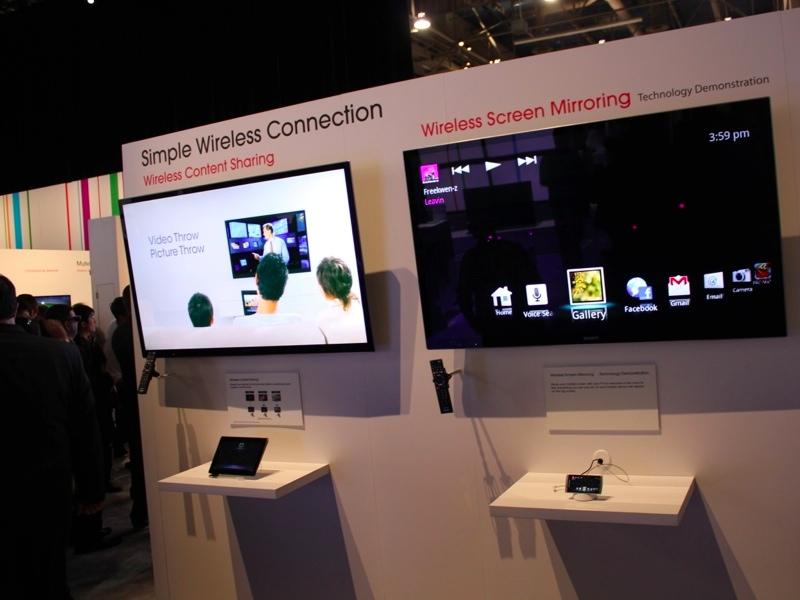
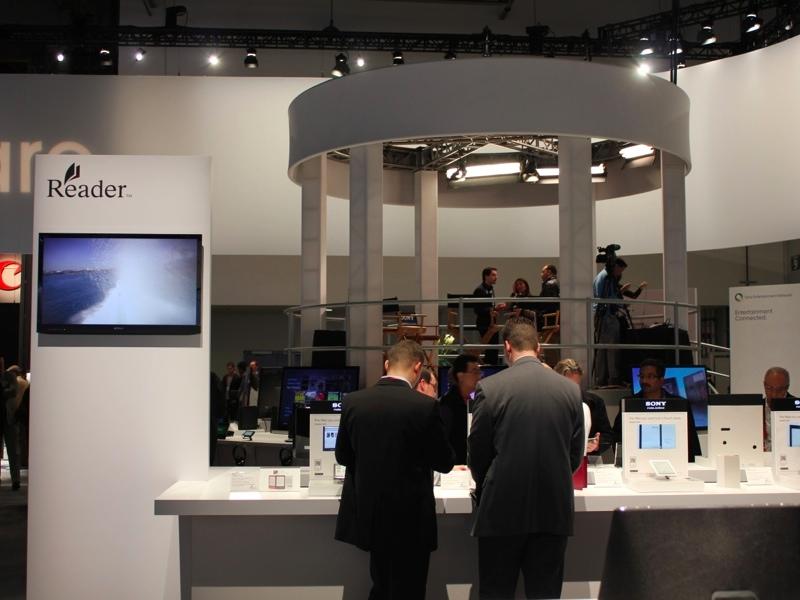
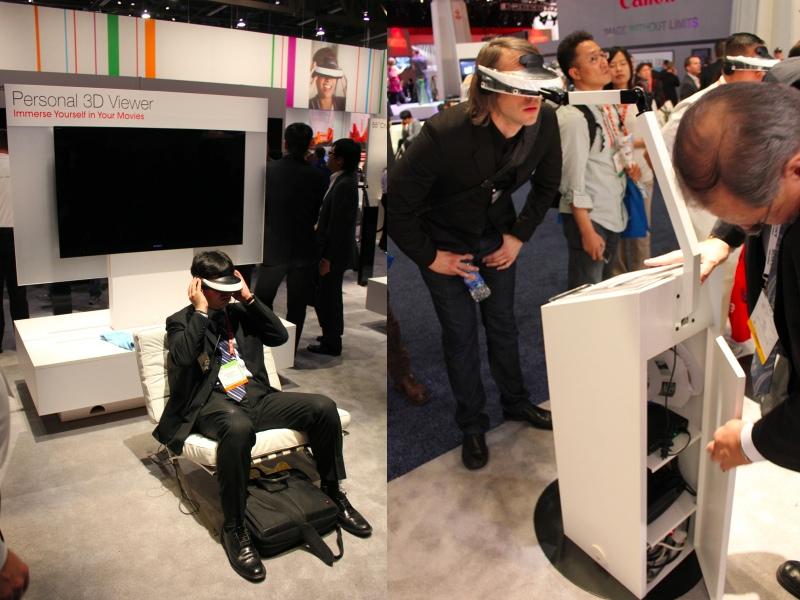

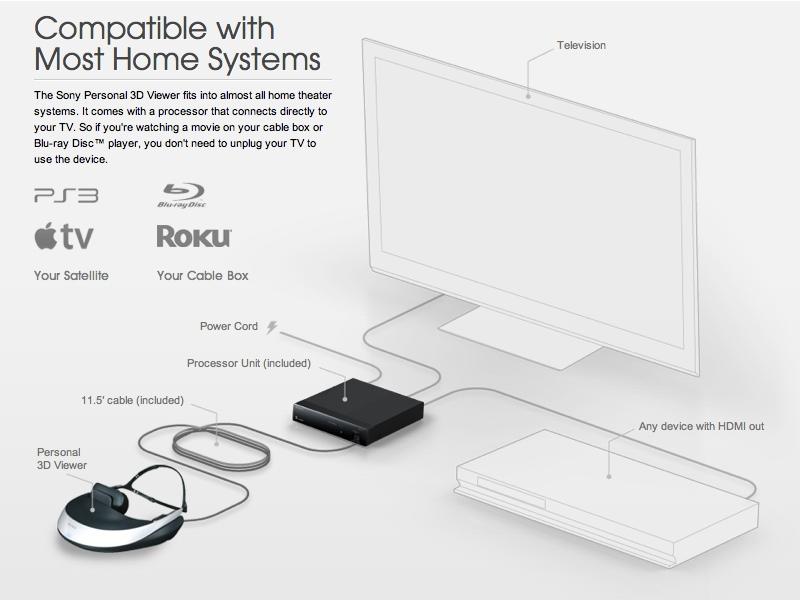
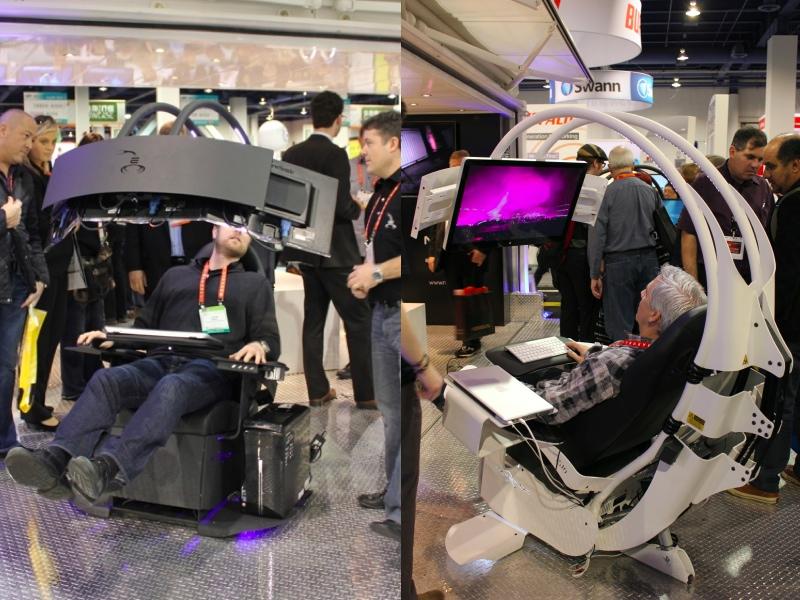

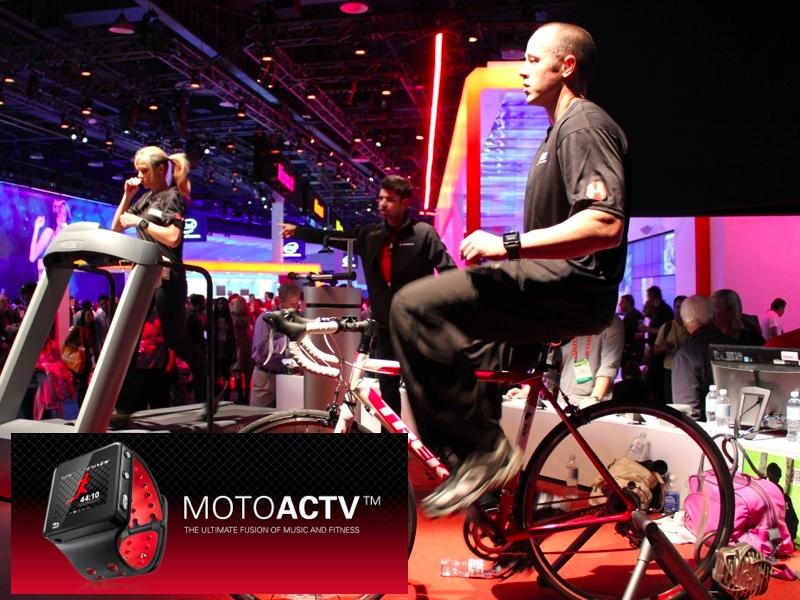
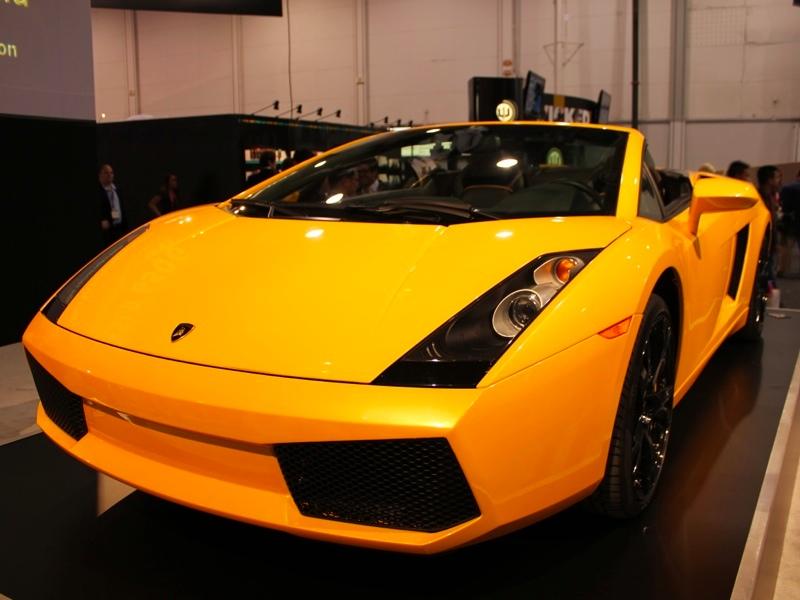

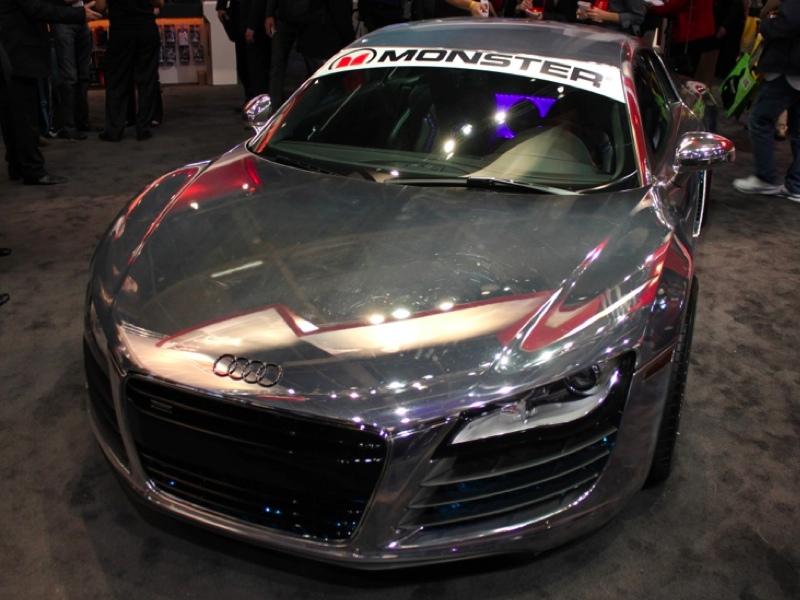
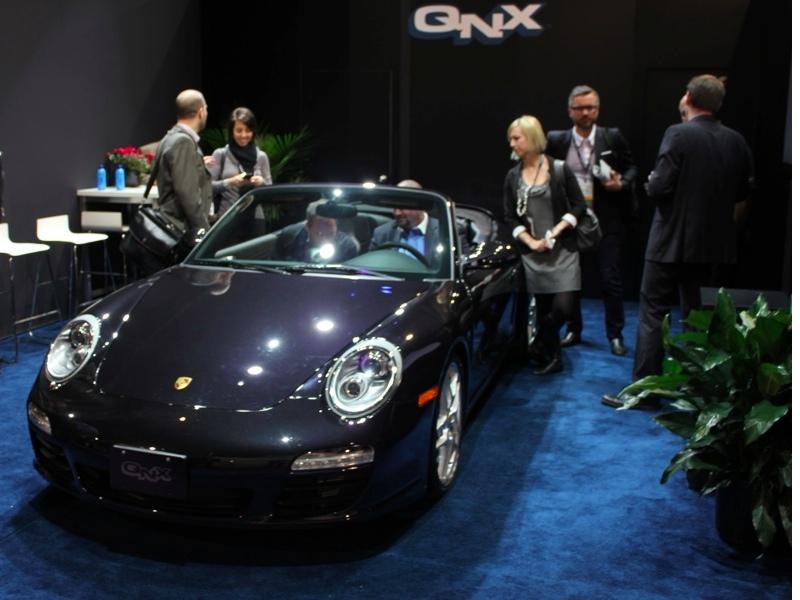
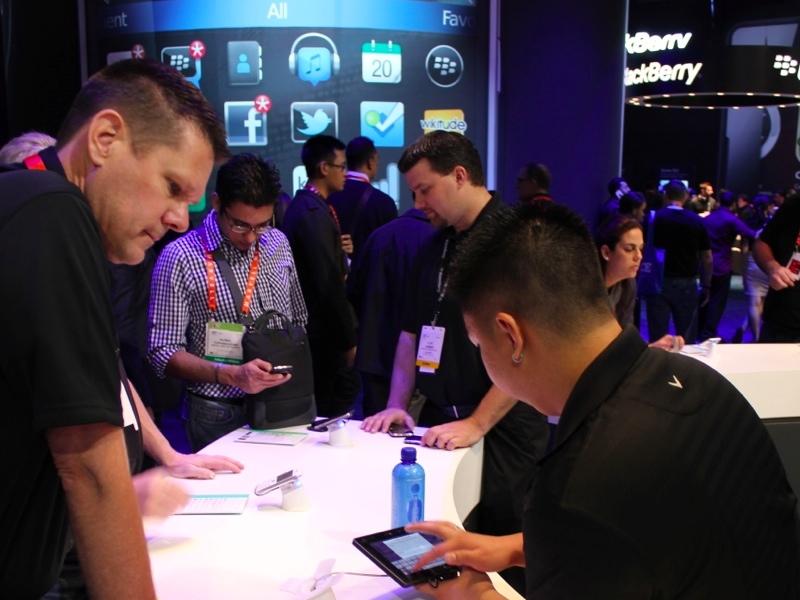

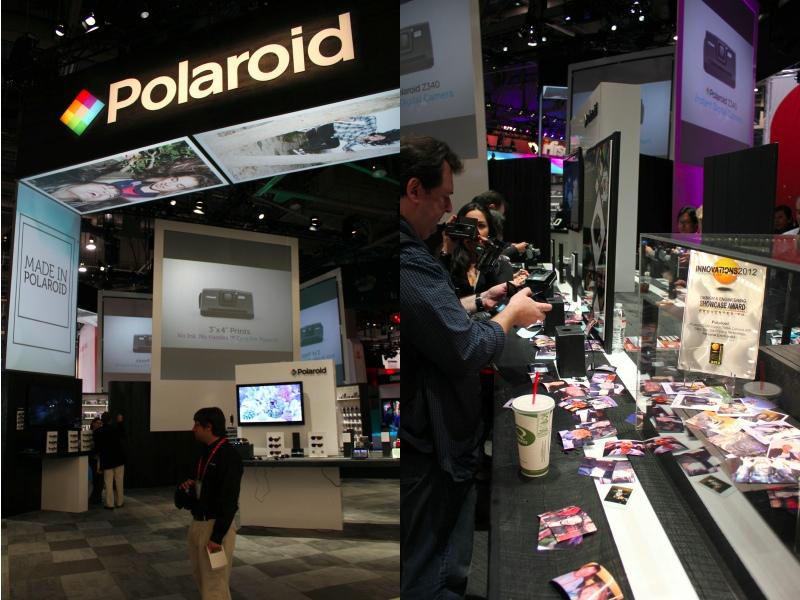
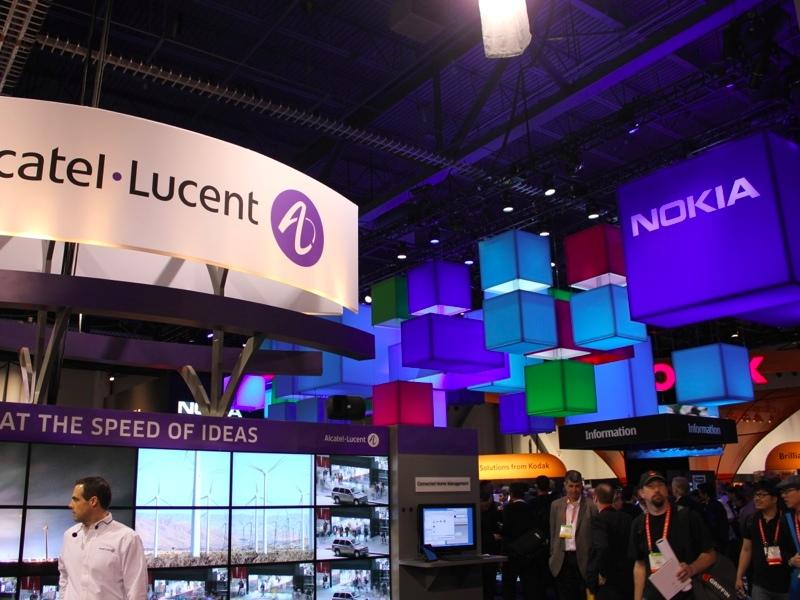
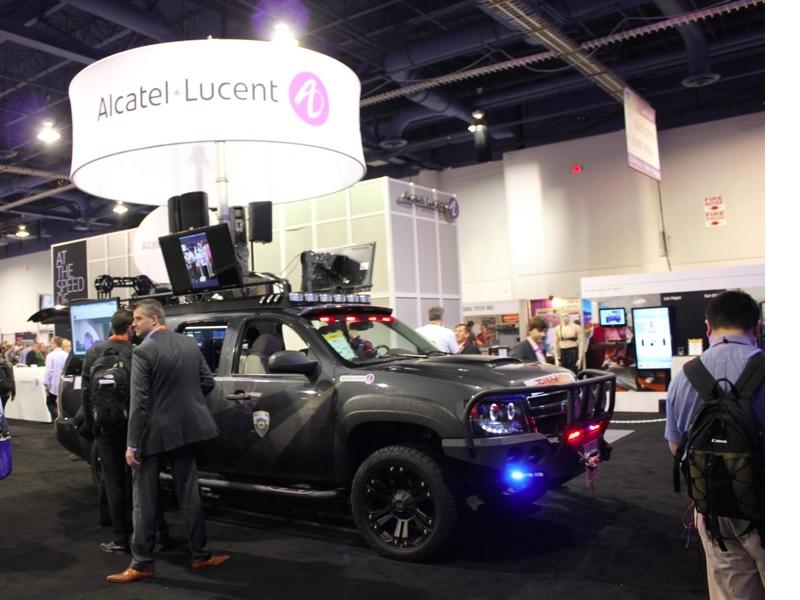
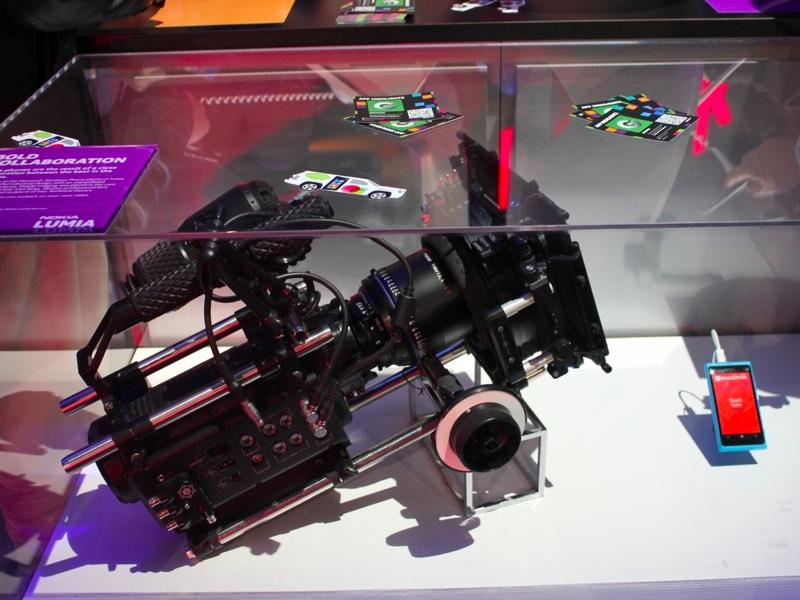
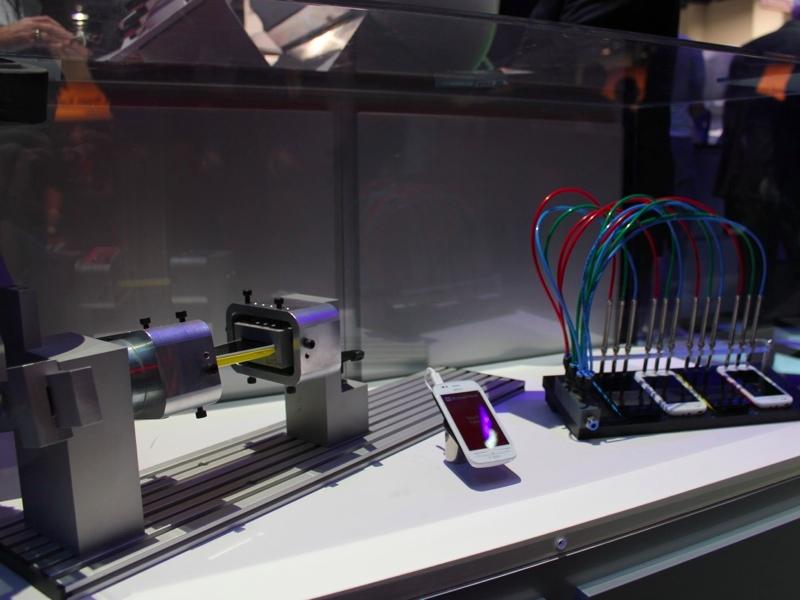


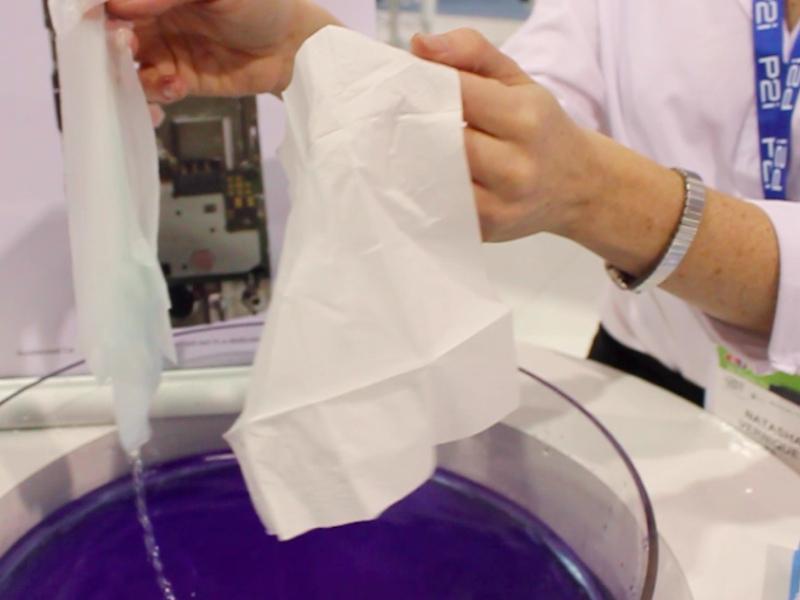











 William Gallagher and Mike Wuerthele
William Gallagher and Mike Wuerthele
 Christine McKee
Christine McKee
 William Gallagher
William Gallagher
 Malcolm Owen
Malcolm Owen
 Marko Zivkovic
Marko Zivkovic


 Wesley Hilliard
Wesley Hilliard